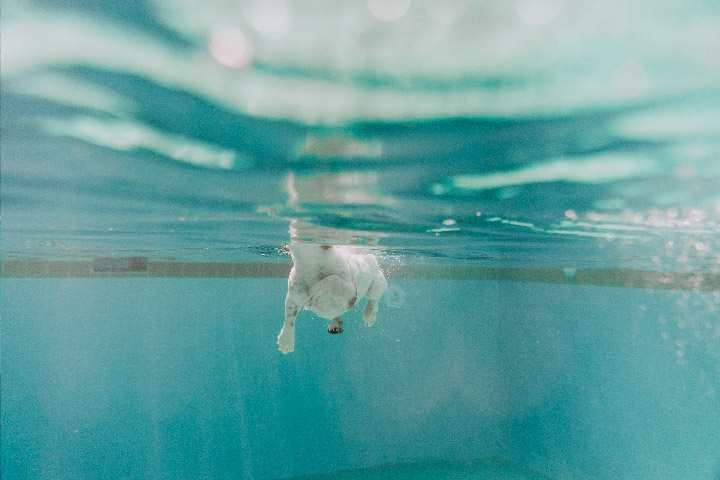
6 Reasons Your Swimming Pool Turns Cloudy After Shocking
Understanding the Factors Behind Cloudy Pool Water and How to Address Them
Shocking your swimming pool is a necessary step in maintaining water quality and preventing the growth of algae, bacteria, and other harmful contaminants. However, some pool owners may experience cloudy water after performing this essential maintenance task. In this article, we’ll explore six reasons why your pool water may turn cloudy after shocking and provide tips on how to address these issues and maintain crystal-clear water.
- Insufficient Filtration
After shocking the pool, the filter works overtime to remove the dead algae, bacteria, and other contaminants from the water. If your pool filter is not functioning correctly, it may not be able to adequately remove these particles, resulting in cloudy water. Check your filter system for any issues, such as clogs or worn-out components, and clean or replace as needed. Running the filter for an extended period may also help clear the water faster.
- High Calcium Hardness Levels
High calcium hardness levels can cause calcium to precipitate out of the water, creating a cloudy appearance. Shocking the pool can exacerbate this issue, as the process increases the pH and alkalinity of the water, making calcium more likely to precipitate. Test your water for calcium hardness and take appropriate steps to lower the levels if necessary, such as adding a sequestrant or diluting the pool water with fresh water.
- Over-Shocking the Pool
Adding too much shock to your pool can lead to an excessive level of combined chlorine (chloramines), which can cause cloudy water. To prevent this issue, be sure to follow the manufacturer’s instructions for the proper amount of shock to add based on your pool’s size and the specific product you’re using. If you’ve accidentally over-shocked your pool, running the filter continuously and adding a non-chlorine shock may help clear the water.
- Unbalanced Pool Chemistry
Unbalanced pool chemistry can contribute to cloudy water after shocking. Ensure that your pool’s pH, alkalinity, and sanitizer levels are within the appropriate ranges before and after shocking. If any of these levels are off, adjust them accordingly to help maintain clear water.
- Dead Algae and Bacteria
When you shock your pool, the chlorine kills algae and bacteria, causing them to clump together and form larger particles. These particles can make your pool water appear cloudy. Run your pool filter continuously and use a clarifier or flocculant to help your filter remove these particles more effectively. Vacuuming the pool floor can also help remove dead algae and other debris.
- Suspended Particles
Dirt, dust, pollen, and other fine particles can enter your pool and cause cloudiness. Shocking the pool may cause these particles to become more visible temporarily. Using a clarifier can help your filter remove these particles more effectively, resulting in clearer water.
Conclusion
While shocking your pool is a critical maintenance step, it can sometimes lead to cloudy water. Understanding the potential causes of this issue, such as insufficient filtration, high calcium hardness levels, or unbalanced pool chemistry, can help you address the problem and maintain crystal-clear water. By regularly testing your pool water, properly maintaining your filtration system, and following the correct shocking procedures, you can enjoy a clean and inviting swimming environment all season long.




